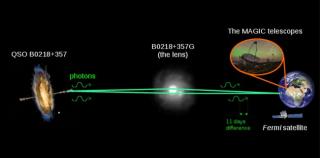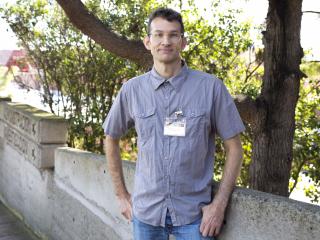Before getting his PhD in Astronomy and Planetary Science at the University of Aix-Marseille, Sebastien Besse studied Natural Sciences, but gradually he specialized in the geology of the bodies of the Solar System and in spectroscopy. After working in the University of Maryland (EEUU) and the headquarters of the European Space Agency (ESA) in The Hague (The Netherlands), he continues investigating his favorite subjects: the Moon, Mercury, minor bodies, spectroscopy and geology of the Solar System... Since last year, he is in the European Center for Space Astronomy (ESAC), ESA headquarters in





